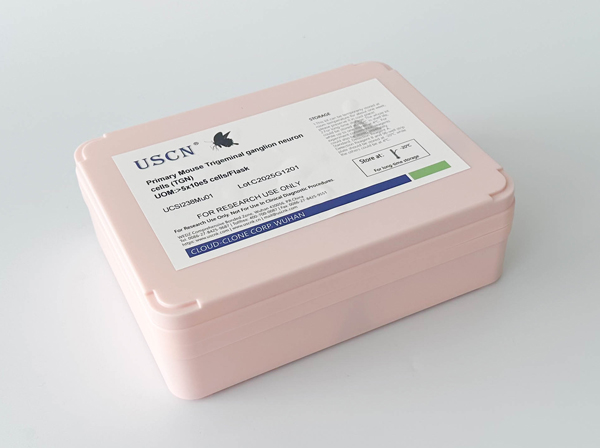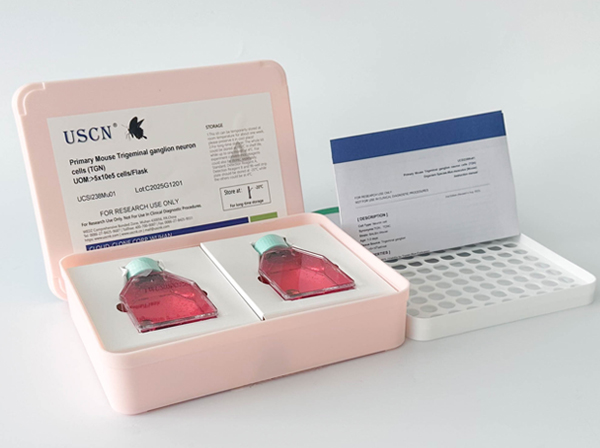Mouse Model for Aplastic Anemia (AA)
- Product No.UDSI675Mu03
- Organism SpeciesMus musculus (Mouse) Same name, Different species.
- Prototype SpeciesHuman
- SourceInduced by immune-mediated
- Model Animal StrainsBalb/c Mice(SPF), healthy, male, age: 8~10weeks, body weight:30g~35g.
- Modeling GroupingRandomly divided into six group: Control group, Model group, Positive drug group and Test drug group.
- Modeling Period4-6 weeks
- Modeling Method"Weight of 16-20 g, the age of 8-12 weeks BALB/c mice, as the receptor; 8-10 weeks of DBA/2 mice, as the donor. For both kinds of mice,there are no restriction of gender. Take DBA/2 mice and cervical dislocation execute, use 95% alcohol for immersion disinfection for 5 min, remove the thymus,axillary and inguinal lymph nodes with sterile method. Add RPMI-1640 culture, remove the blood and the surface adhesion of connective tissue. Cut tissues repeatly until they become pasty
.Then gently lapping with 200 mesh nylon mesh filter, making it the single cell suspension. Count and make 1 x10e9/L concentration, the thymus cells: lymphocytes proportion is 1:2. Drop 1, trypan blue drops on the slides, identification of cell activity should be above 95%. Make the BALB/c mice irradiation by gamma 6.0 Gy total body for 3 min.Within 1- 4 hours after irradiation with lethal dose,immediately inject above suspension through mice tail vein with the dose of 0.2 ml for one mouse. These make aplastic anemia animal models. " - Applicationsn/a
- Download n/a
- UOM Each case
-
FOB
US$
For more details, please contact local distributors!
Model Evaluation of the Mouse Model for Aplastic Anemia (AA)
Pathological Results of the Mouse Model for Aplastic Anemia (AA)
Cytokines Level of the Mouse Model for Aplastic Anemia (AA)
Statistical Analysis of the Mouse Model for Aplastic Anemia (AA)
SPSS software is used for statistical analysis, measurement data to mean ± standard deviation (x ±s), using t test and single factor analysis of variance for group comparison, P<0.05 indicates there was a significant difference, P<0.01 indicates there are very significant differences.
GIVEAWAYS
INCREMENT SERVICES
Tissue/Sections Customized Service
Serums Customized Service
Immunohistochemistry (IHC) Experiment Service
Small Animal In Vivo Imaging Experiment Service
Small Animal Micro CT Imaging Experiment Service
Small Animal MRI Imaging Experiment Service
Small Animal Ultrasound Imaging Experiment Service
Transmission Electron Microscopy (TEM) Experiment Service
Scanning Electron Microscope (SEM) Experiment Service
Learning and Memory Behavioral Experiment Service
Anxiety and Depression Behavioral Experiment Service
Drug Addiction Behavioral Experiment Service
Pain Behavioral Experiment Service
Neuropsychiatric Disorder Behavioral Experiment Service
Fatigue Behavioral Experiment Service
Nitric Oxide Assay Kit (A012)
Nitric Oxide Assay Kit (A013-2)
Total Anti-Oxidative Capability Assay Kit(A015-2)
Total Anti-Oxidative Capability Assay Kit (A015-1)
Superoxide Dismutase Assay Kit
Fructose Assay Kit (A085)
Citric Acid Assay Kit (A128 )
Catalase Assay Kit
Malondialdehyde Assay Kit
Glutathione S-Transferase Assay Kit
Microscale Reduced Glutathione assay kit
Glutathione Reductase Activity Coefficient Assay Kit
Angiotensin Converting Enzyme Kit
Glutathione Peroxidase (GSH-PX) Assay Kit
Cloud-Clone Multiplex assay kits
Related products
| Catalog No. | Organism species: Mus musculus (Mouse) | Applications (RESEARCH USE ONLY!) |
| UDSI675Mu02 | Mouse Model for Aplastic Anemia (AA) | n/a |
| UDSI675Mu03 | Mouse Model for Aplastic Anemia (AA) | n/a |
| UDSI675Mu04 | Mouse Model for Aplastic Anemia (AA) | n/a |
| UDSI675Mu01 | Mouse Model for Aplastic Anemia (AA) | n/a |



